I’ve been spending time in Japan on and off for almost thirteen years. I’ve lived here as a permanent resident now for over eight. I can’t ever recall seeing a police officer smile.
Then again, they’re not paid to smile. Apparently they’re paid to serve and protect.
This story appeared as an article in this morning’s newspaper. Yes, we have it delivered everyday. It’s white paper with black printing, sometimes a few color photos, a pleasant way to keep informed, which my wife Masumi reads then we recycle. The story . . .
Kakogawa is a town in our area. There an 81-year-old lady’s disabled husband fell off the bed where he unfortunately spends most of his life now. She was unable to lift him and put him back into the bed. He himself could offer no assistance.
She called her son, who lives in Himeji. He promised to get there as soon as possible, but Himeji is well over an hour from Kakogawa.
The lady then called the police. Hoisting people from a fall is not really their job but they said they would get there as soon as possible.
Two policemen showed up at her house in ten minutes. They were able to get the old man back into the comfort of his bed. She was overwhelmed with gratitude. As they left, they reminded her to be sure and lock her door. I’m not sure why because crime is practically non-existent here in Japan, especially in the more outlying towns like Kakogawa.
To be honest, I have no way of knowing if the police officers smiled. But they certainly went way beyond their official line of duties to help this distressed old couple.
Protect and serve. Be human. Be helpful. Be kind.
 When I lived in Los Angeles for 15 years, all of the patrol cars had ‘To Protect and Serve’ on them. Regardless, it was well established that you didn’t talk to, call on, approach, or in any way engage the police. If you did, you would be inviting harassment, abuse, even arrest. That was back in the 80s and early 90s. I’m sure I don’t have to tell you what it’s like now.
When I lived in Los Angeles for 15 years, all of the patrol cars had ‘To Protect and Serve’ on them. Regardless, it was well established that you didn’t talk to, call on, approach, or in any way engage the police. If you did, you would be inviting harassment, abuse, even arrest. That was back in the 80s and early 90s. I’m sure I don’t have to tell you what it’s like now.
What happened to America? When did public servants become the enemy?
Every nation has its pluses and minuses. Maybe I don’t look to the police here for a smile. But I know I can count on them if there’s a problem.

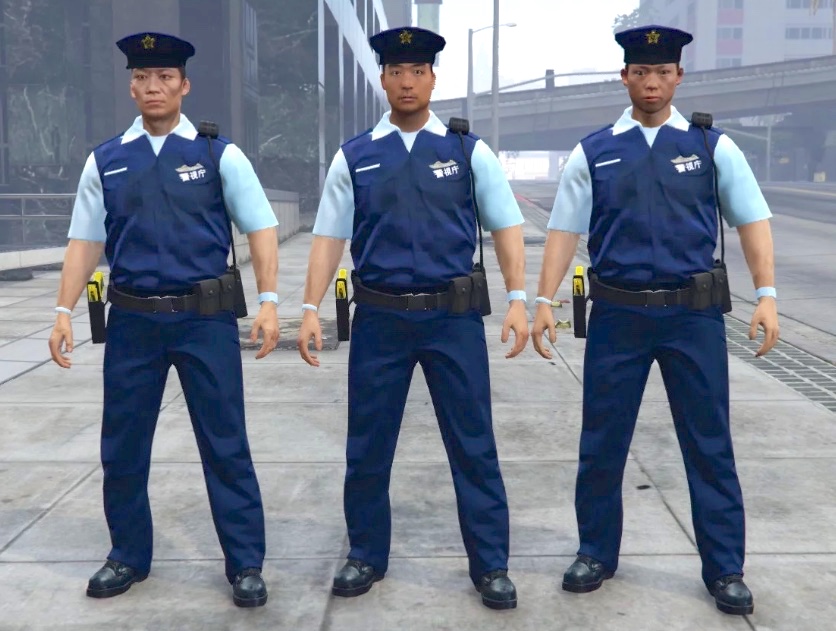

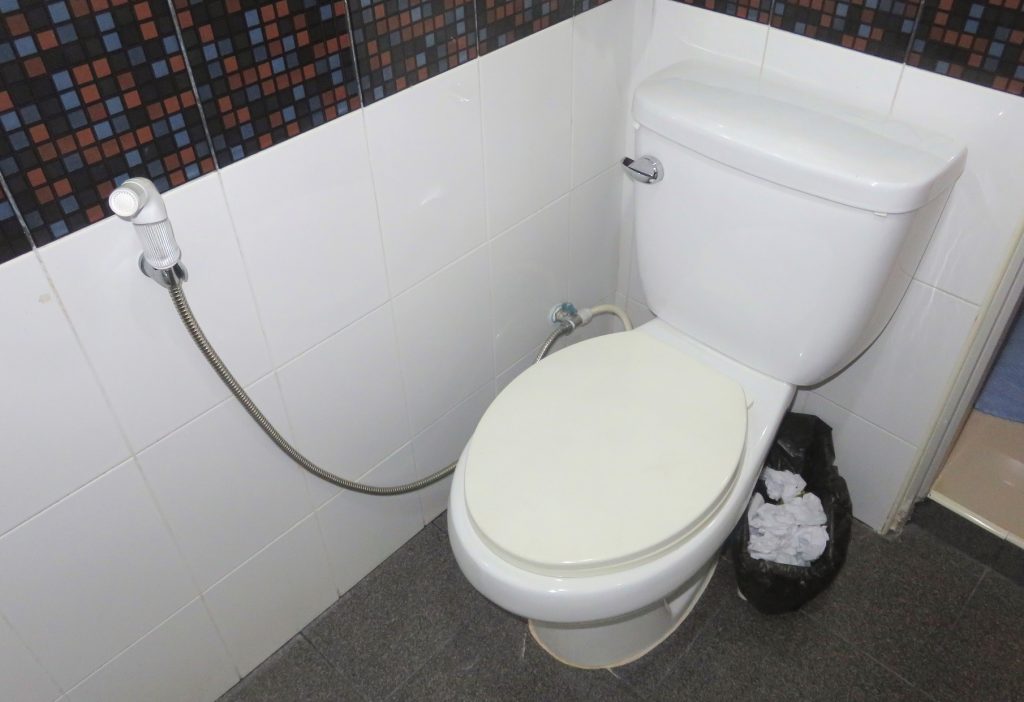


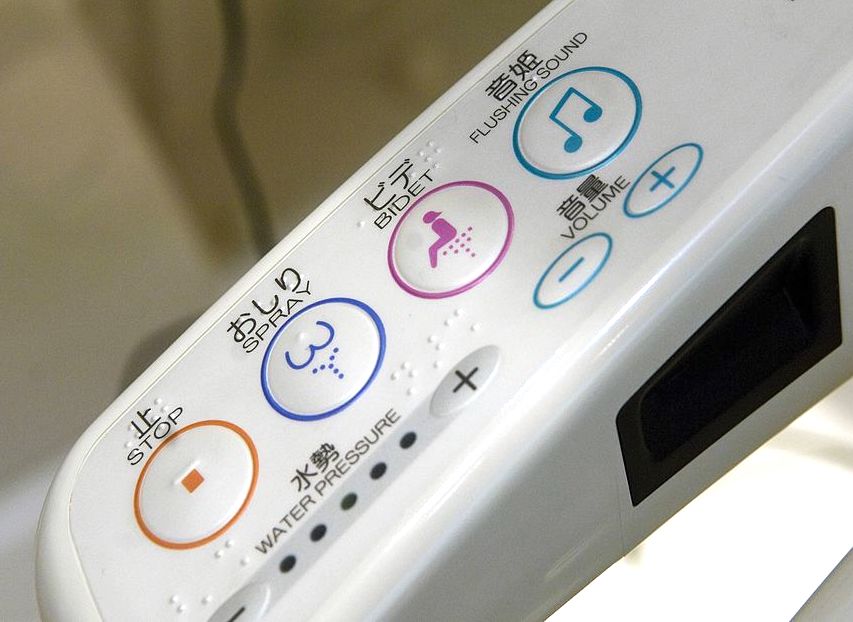


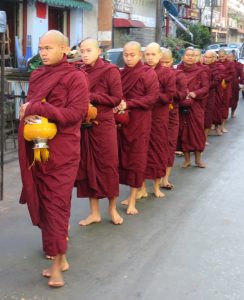
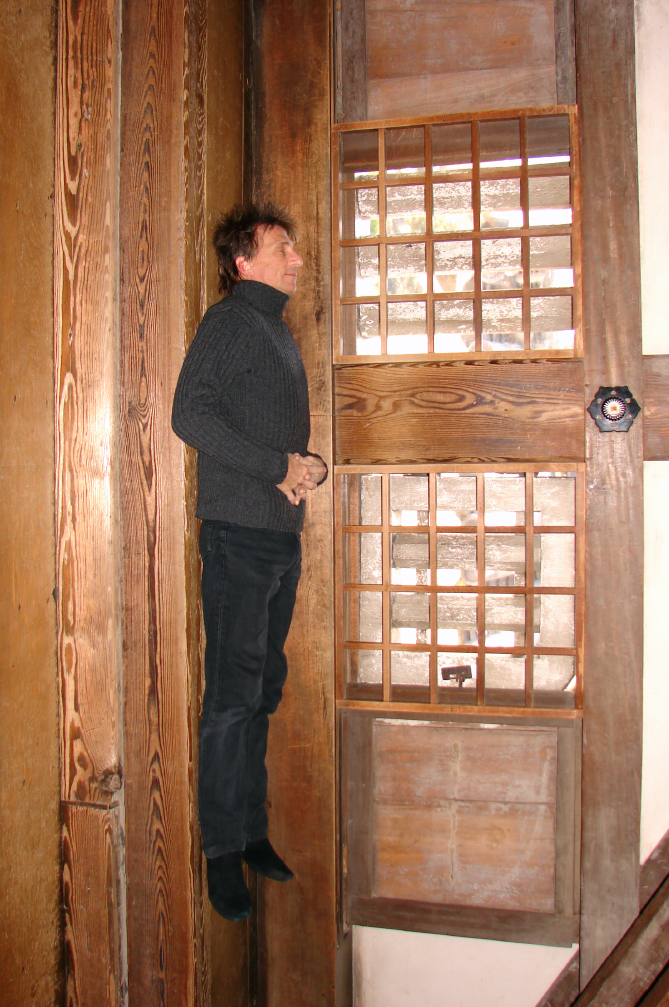

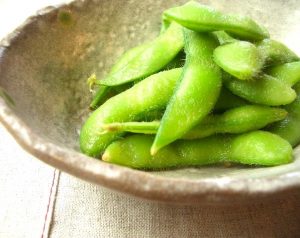



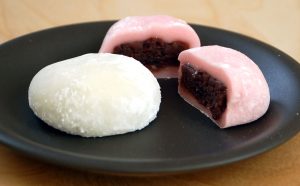
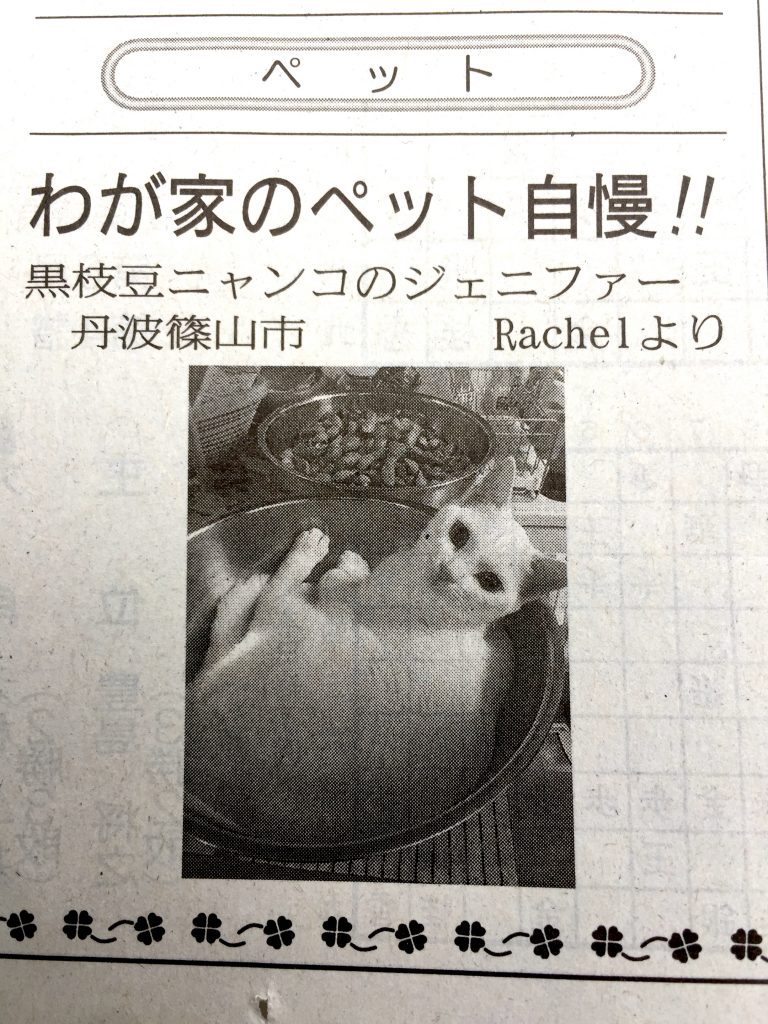

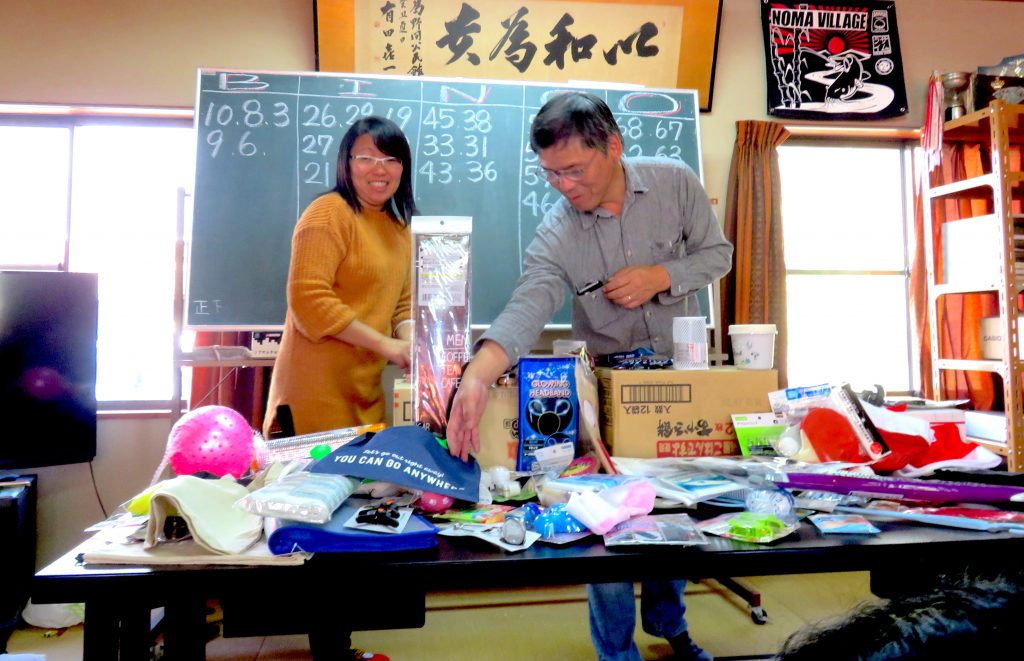

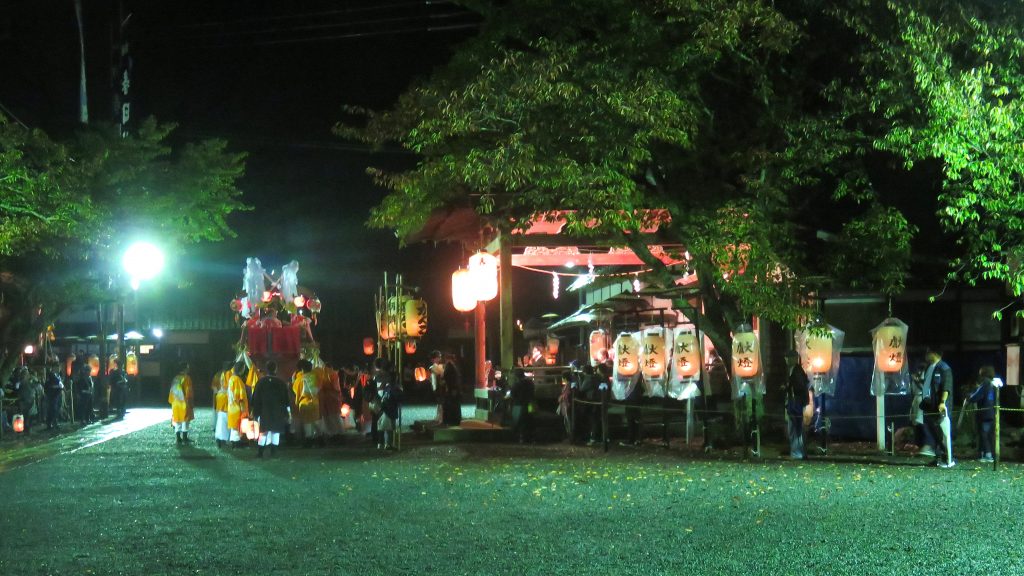
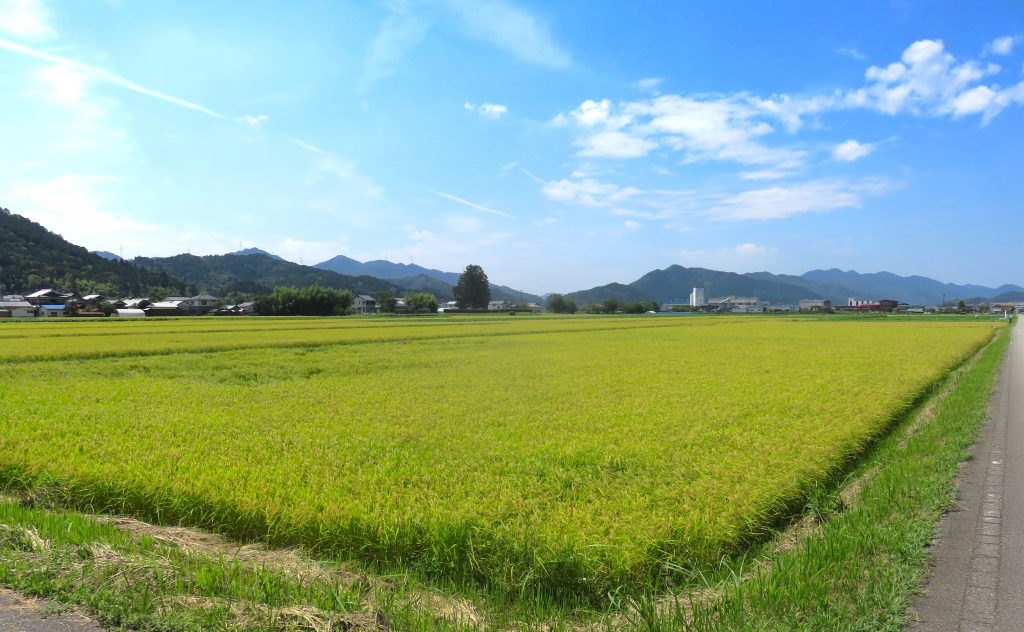
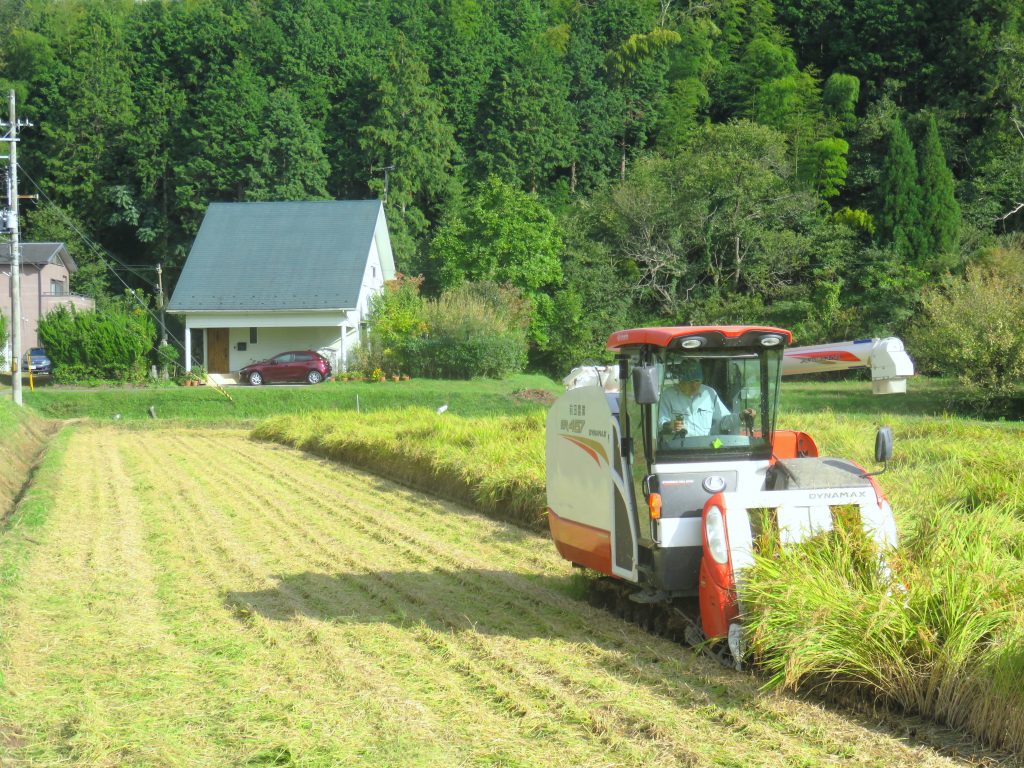



Life In Japan: Conveyor Belt Sushi
Sushi and I have a long history. I discovered the joys of raw fish on sticky rice back in the 80s, when I lived in Los Angeles.
I was a bit of a sushi snob back then, not because I’m class conscious, but because the people I was hanging out with at the time had a lot of disposable income.
Sushi scene in “Defending Your Life”
There’s a great romantic comedy film called “Defending Your Life” with Albert Brooks and Meryl Streep. The two sushi chefs in that film had a fabulous sushi restaurant frequented by movie industry types — moguls and celebrities. They were the “rock stars” of the sushi scene in that area of town, which is why they ended up in the film. These two geniuses were my initiation in perhaps the best sushi in the entire Universe! That’s how I became a sushi snob.
When I moved to Portland, Oregon I was heartened to find one phenomenal sushi bar, unfortunately now out of business. I was home free! The competition wasn’t exactly stiff. Portland’s unofficial motto is still to this day ‘Keep Portland Weird’.
It was in Portland I first heard of conveyor belt sushi. I immediately dismissed it as just more Portland weirdness, glanced in the window of the new conveyor restaurant only once — yes, it was the talk of the town and I was curious — and thought, what a stupid gimmick!
I was pretty confident I wasn’t missing anything. Here’s what one customer said about it: “Sushi Mioga may not serve the best sushi in town but for the price and with tons of options, this is my new favorite conveyor-belt-sushi restaurant for now.”
Whatever. Sushi delivered on a conveyor belt? Ha! What a joke!
Of course, I was wrong about at least part of the story. Conveyor belt sushi was invented by a Japanese sushi restaurant owner back in 1958. His name was Yoshiaki Shiraishi, and he was looking for an effective way to get his sushi quickly to his customers. A visit to a local Asahi brewery, which used conveyor belts to speedily move the beer through the process of bottling and packaging, was his inspiration.
So Portland wasn’t being weird or innovative or anything of the like. It took someone there almost 50 years to discover and capitalize on this clever invention. By then, Japan had entire conveyor belt sushi restaurant chains up and running across the nation. The most well-known and successful is Sushiro, which has been in business for over 30 years.
Sushi tends to be very polarizing. Either people absolutely LOVE IT or are nauseated by the thought of eating raw fish.
We don’t eat out all that often — both Masumi and I love to cook and she’s certainly a genius in the kitchen — but on average we eat conveyor belt sushi once a month. Our favorite place is in nearby Tanba-shi. Usually we go with Masumi’s mom and her two daughters who live near us in Sasayama.
It’s not only incredibly delicious and inexpensive but I frankly find it to be a lot of fun. There’s always the anticipation of what the sushi chefs have coming down the belt next. Sometimes some real surprises!
Since conveyor belt sushi is extremely popular, for the lunch or dinner rush hour it’s generally a good idea to make an online reservation a few hours in advance. Last time we were there, however, it wasn’t peak time and the place wasn’t as crowded as is usual.
Even though they weren’t blasting Megadeath over the speaker system and the waitresses didn’t look like something out of Zombie Goth Apocalypse, we still had an excellent time!